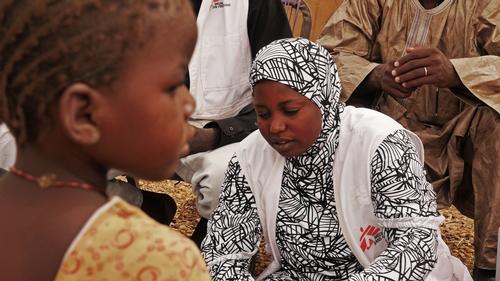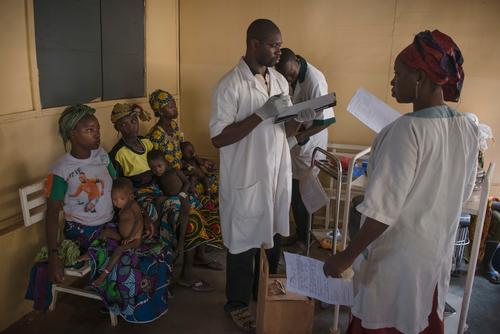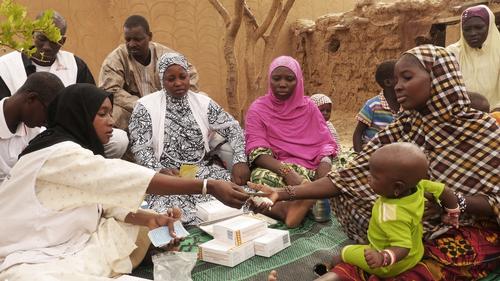Interview with Côme Niyomgabo, MSF head of mission in Mali, about the humanitarian situation in the north of the country following a fresh outbreak of violence
What is the current situation in northern Mali?
Northern Mali has been going through a serious crisis since 2012. Although the crisis initially began with demands for independence, it has in time evolved to take on different forms: a pro-independence but also religious movement, a battle for control of trafficking routes, and [a vehicle for] community exploitation against a backdrop of limited resources and crime.
While no significant progress has been made a year on from the signing of the Algiers peace agreement, what results have been achieved may be undermined by renewed fighting between different groups. Since 21 July 2016, violent clashes have broken out in the Kidal region in the far north of the country, leaving more than 50 people dead and 82 injured. A week before the hostilities, demonstrations escalated into riots in Gao, which resulted in several deaths and approximately 30 wounded. These developments partly reflect the exasperation of the population who, in spite of the peace agreements, have not seen any real improvement in their everyday situation.
Meanwhile, acts of criminality against humanitarian organisations continue.
This situation seriously affects the deployment of humanitarian assistance, as clashes between armed groups and an increase in criminality hamper and limit humanitarian workers’ access to the population.
What are the main needs of the population?
Access to healthcare, problems linked to food insecurity including malnutrition, and access to water and shelter; these are the main humanitarian needs in these regions.
The regions in the north of the country have to some extent fallen out of state control, and the healthcare system has collapsed following the conflict.
There are also particularly vulnerable populations for whom access to healthcare services is very difficult. In Kidal, for example, and also in northern Ansongo, in Gao, the population is nomadic and settles for several months of the year in pastoral lands where access to healthcare is non-existent.

What is MSF doing in northern Mali?
MSF has been working in the Ansongo district in the Gao region since the start of the crisis in 2012, and in Kidal since 2015. These areas are among the worst affected by the conflict in Mali. MSF continues to provide quality healthcare free of charge to the populations affected by armed conflict, and focuses its efforts on providing medical care to victims of conflict – injured and displaced people – treating diseases commonly encountered in the primary and secondary healthcare services, preventing deadly childhood diseases through vaccination campaigns and seasonal malaria chemoprevention, as well as responding to emergencies.
In Ansongo, we are supporting the referral hospital, including consultations, child and adult admissions, maternal health, nutrition and surgery, and we also ensure referrals between the hospital and numerous health centres located in the surrounding rural areas. We have also launched a programme for the period between September and December that is specifically aimed at helping children under five years of age and pregnant nomadic women who move around the region during that time of the year.
People in these regions frequently have to travel very long distances (often more than 50 kilometres) before their first contact with a healthcare professional, and people’s usual coping mechanisms have been weakened by more than five years of armed conflict.
In addition, we have begun to carry out seasonal malaria chemoprevention in Ansongo Cercle, with the aim of protecting children during the peak malaria months. We are also planning to implement the same strategy in Kidal, although this is currently on hold for security reasons.
What are MSF’s activities in Kidal?
The Bamako government does not have a presence in the Kidal region. Very few humanitarian organisations are working in the area, owing to the instability. The renewed fighting further complicates the current situation. But since last year, we have continued to work in Kidal to support two health centres in the town of Kidal and numerous others in rural areas, in cooperation with a local organisation, SOLISA (Solidarité pour le Sahel).
In addition to Gao and Kidal, MSF is also working in the regions of Timbuktu, in the north of the country, and Sikasso, in the south.






